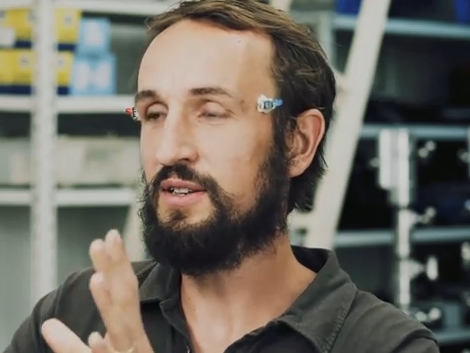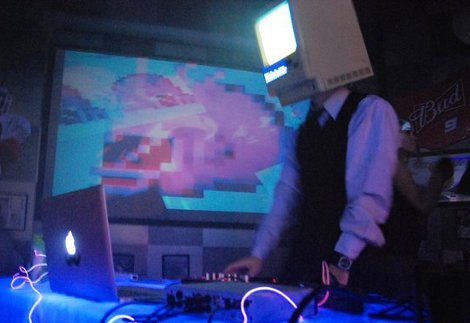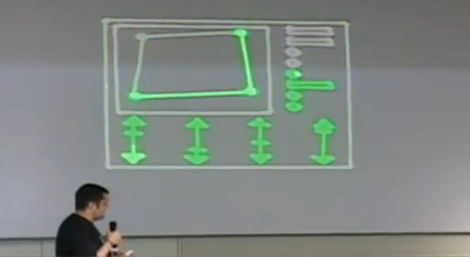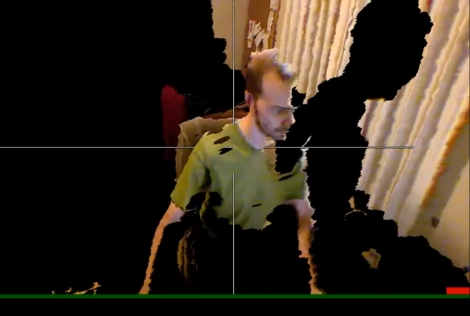
[Jonathan Post] has a way to watch 3D video without wearing shutter glasses but it might be kind of a hard product to break into the market. As you can see above, a pair of electrodes are stuck on a viewer’s eyelids, using electricity to alternately close each eye. The video after the break shows a demonstration of this technology. Obviously a camera can’t capture the image that the viewer sees, but this man describes a perfect 3D image. This reminds us of those ab exercisers that use electrodes to stimulate the muscles. Do you think a 3 hour epic would leave your eyelids tired and sore, eventually resulting and a steroid-esque muscle-ridden face?
Edit from [Caleb]: Judging from the comments, some people believe this to be an absolute impossibility. While we concur that this example is pretty silly (what’s powering those electrodes?), we invite you to watch [Daito Manabe]’s facial electrodes fun.
Continue reading “Electrodes Turn Your Eyelids Into 3D Shutter Glasses”
















